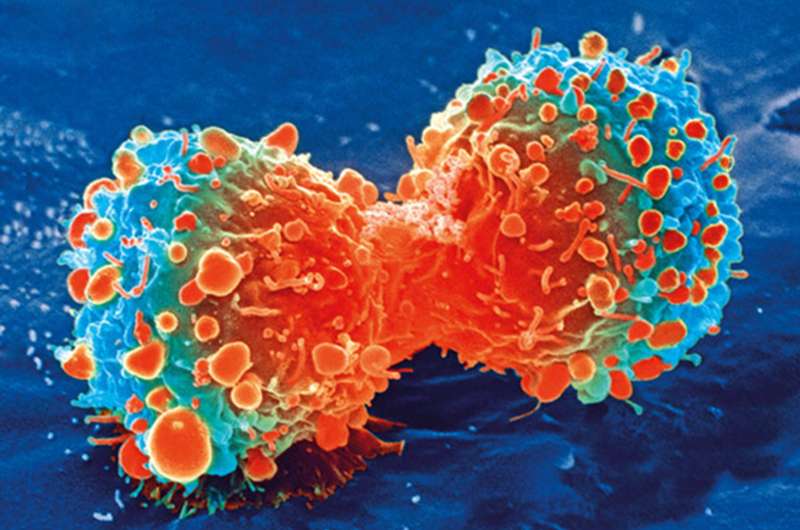
Immune checkpoint inhibitors, which boost the immune system’s response against tumor cells, have transformed treatment for many advanced cancers, but short-term clinical trials and small observational studies have linked the medications with various side effects, most commonly involving the skin. A more comprehensive, population-level analysis now provides a thorough look at the extent of these side effects and provides insights on which patients may be more likely to experience them. The research was led by investigators at Massachusetts General Hospital (MGH) and is published in the Journal of the American Academy of Dermatology.
“Immunotherapies, which include immune checkpoint inhibitors, are an increasingly common treatment modality for advanced cancers, with more than 200,000 patients being started on these therapies annually,” says co-senior author Yevgeniy R. Semenov, MD, an investigator in the Department of Dermatology at MGH. “As the use of immune checkpoint inhibitors increases, so will the incidence of adverse events, underscoring the importance of research into their incidence, type and severity.”
Semenov and his colleagues used a “Big Data” approach to study the U.S. prevalence of skin-related side effects, as well as when they arise and how they’re treated, in a large population of patients who received immune checkpoint inhibitors.
The study involved analyzing information from a national health insurance claims database pertaining to 8,637 patients who were treated with immune checkpoint inhibitors as well as an equal number of patients with cancer who did not receive these medications. The overall incidence of skin-related side effects was 25.1%, with a median time of onset of 113 days. “We found that only 10 of more than 40 skin conditions previously reported to be linked to immune checkpoint inhibitors are actually seen at a higher incidence among patients on these medications compared with other patients who were matched by demographics, cancer type and comorbidities,” says Semenov.
These conditions manifested with symptoms of itching, inflammation, rash, skin color loss, swelling or blisters. Patients with melanoma or kidney cancer and those receiving multiple types of immune checkpoint inhibitors were at an especially high risk of developing these skin problems.
The investigators’ real-world data also found that skin-related symptoms tended to arise later than those noted in clinical trials. In addition, they found that clinicians often prescribed systemic corticosteroids to treat them even though these drugs should generally be avoided due to concerns that they may blunt the anti-tumor effects of immunotherapy.
“These findings are of particular clinical relevance to both dermatologists and oncologists caring for patients receiving immune checkpoint inhibitors,” says Semenov. For example, clinicians should be on the lookout for the 10 conditions identified in this analysis as patients continue taking these medications. “The real-world delays in the time to presentation of many of these conditions should also revise clinicians’ understanding of when to expect patients to present with these toxicities and not to rule out a delayed onset of symptoms as being unrelated to immunotherapy,” adds Semenov.
Source: Read Full Article
